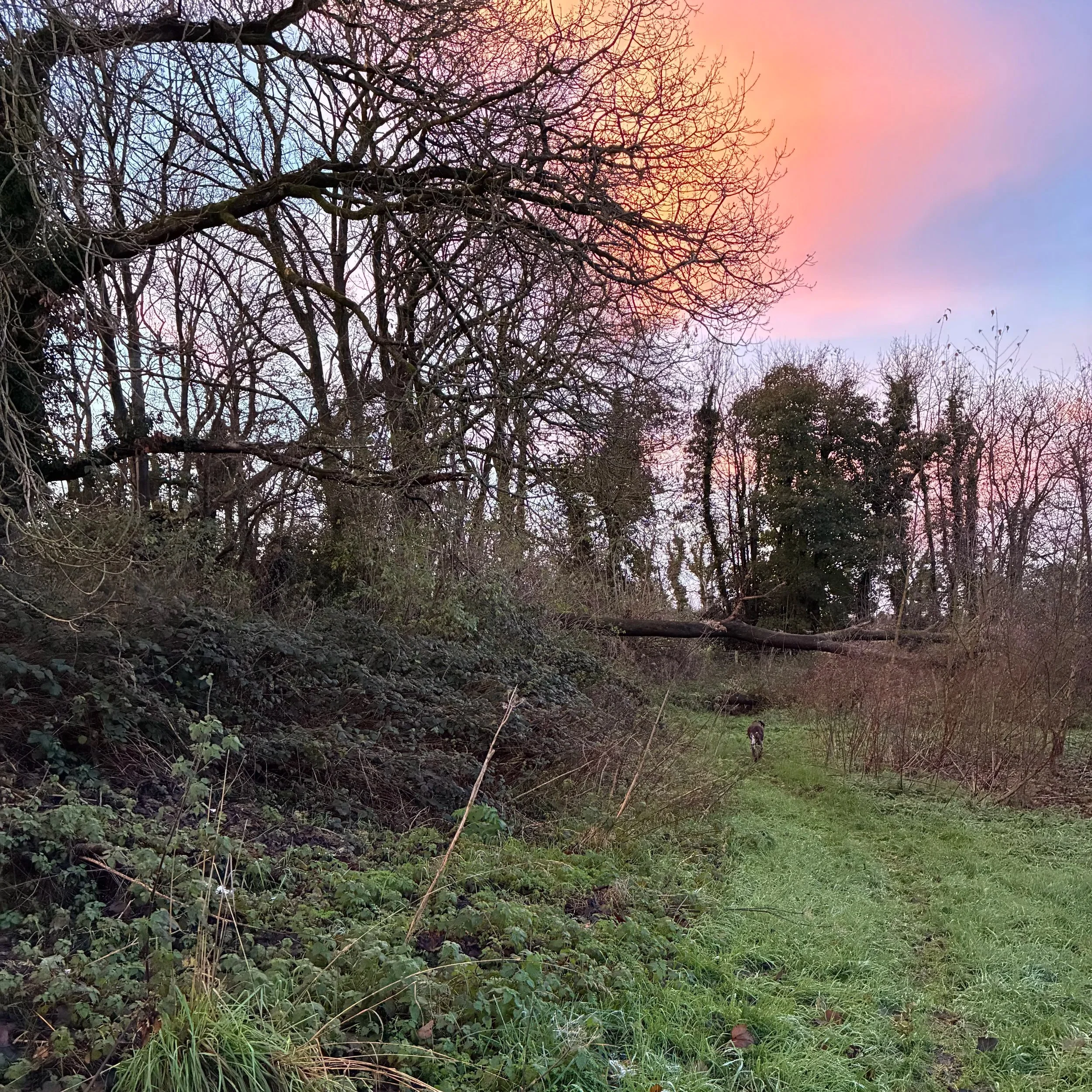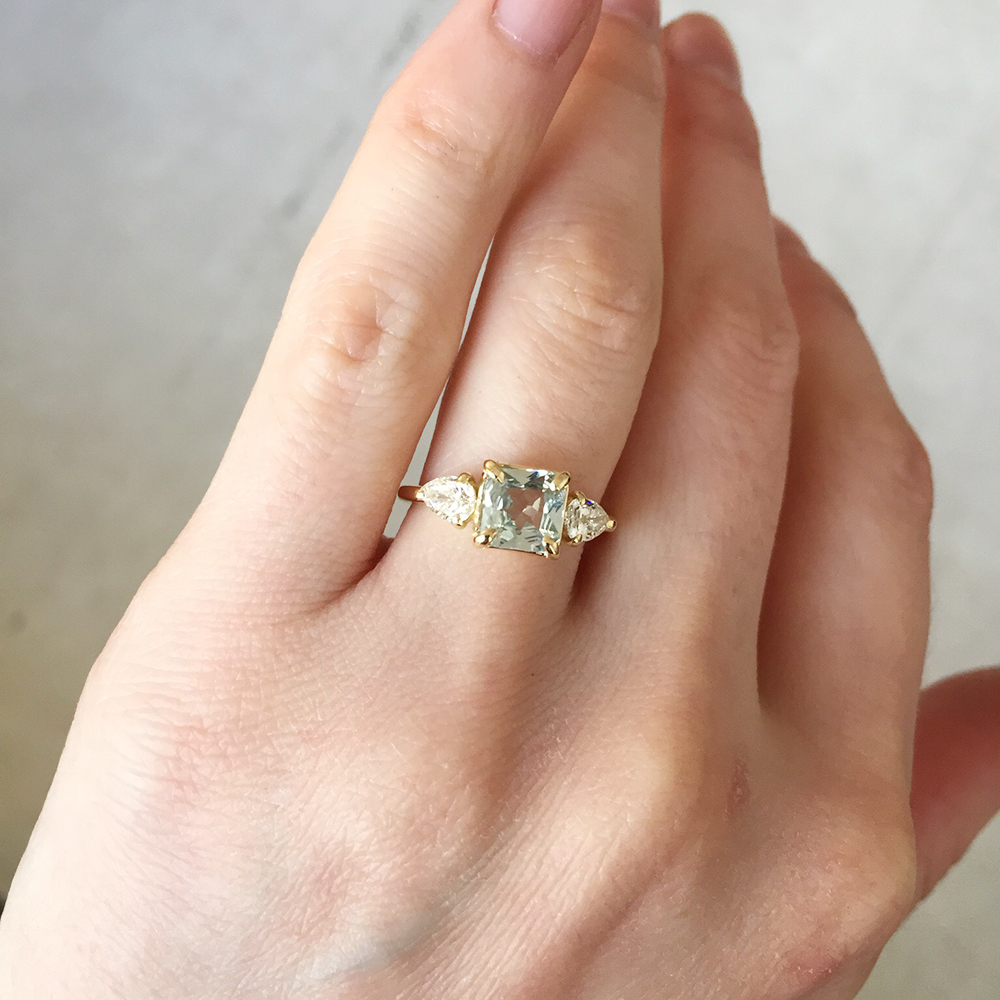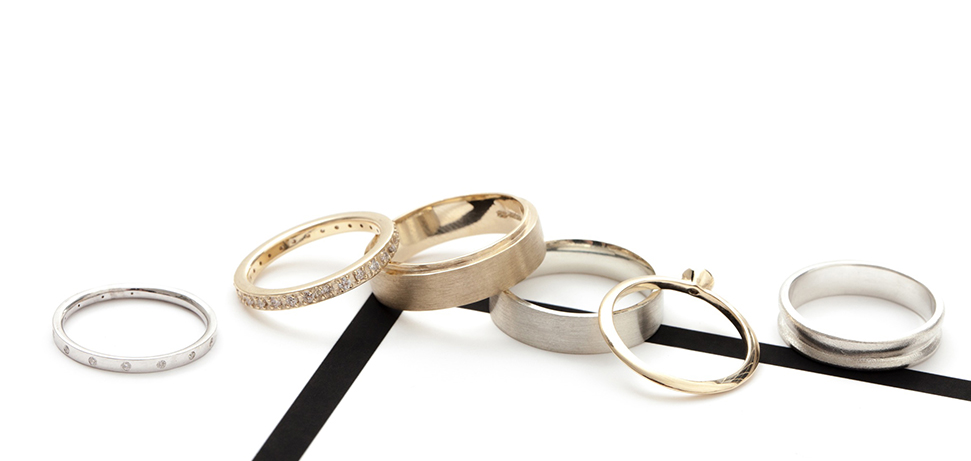2025 has been an interesting year for me as I have made many plans that have not been able to be realised. It’s felt like a lot of set backs but also re-evaluating and growth. I’m one of those people that believes if it’s meant to be it will be.
One of the things I’ve felt most conflicted about is how I continue to promote my business. I’ve never been a massive fan of social media and teh content creation game that most businesses buy into. I personally quit facebook way back in 2014 at a time that all business advice was telling you to get on there and pay for ads. It was probably to my own detriment but I also don’t think I would have found the ‘right’ customers. I’ve really fallen out of love with instagram with this last year despite being a realitively early adopter in 2011. I’m guilty of that awful doom scrolling to the point I think I’m going to delete it off my phone as soon as i’ve worked out how to schedule posts on the desktop as I feel like I’m not quite ready to let it go completly. I’ve found some amazing customers through it as well as other small businesses. I think I posted on tiktok twice and was so overwhelmed by yet another thing to try to maintain I just gave up. Somehow i’ve managed to continue running my business all these years despite my aversion to playing the social media game but I do feel that need to make connection.
I tried a substack for a while but it felt too seperate. I adore reading Ciara O’Hartghalie’s regular musings on a Tuesday and this is content I want to consume, pure, honest and real. I usually read it while on my morning wander through our woodland with the dogs. It feels hard to be honest as a small business owner thats customer focussed. Theres so many challenges and moments behind the scense that feels unprofessional to highlight or complain about.
My aim for this journal is to take the pressue off - not feel the need to post regularly but to give customers that are interested a little insight into my life that involves making jewellery, caring for our woodland and my musing and thoughts that are influencing me and the direction I hope to go.













